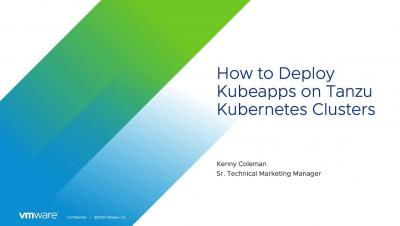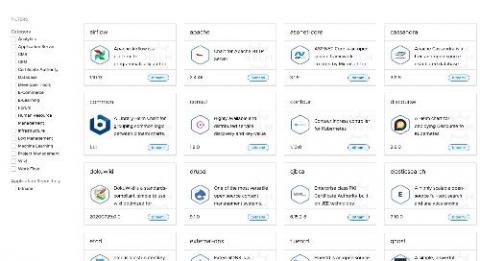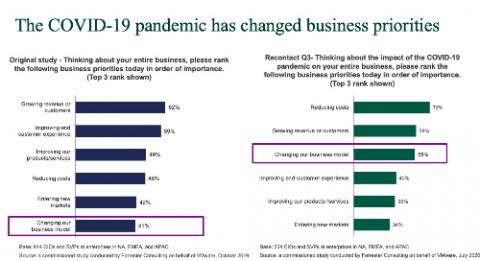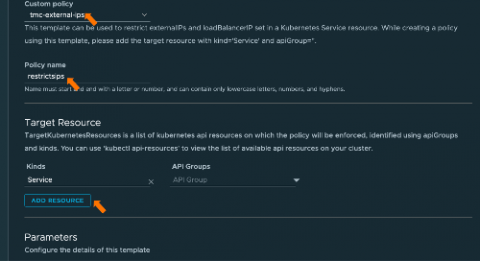Operations | Monitoring | ITSM | DevOps | Cloud
VMware Tanzu
I'm a VMware Admin: What Do I Do with Tanzu Kubernetes Clusters?
In previous blog posts, we’ve talked about the process of setting up vSphere with Tanzu (see our quick start guide) and creating your first Tanzu Kubernetes Cluster (TKC). As a vSphere Administrator, you might be saying to yourself, “This is cool and all, but what’s next? What’s an easy application to deploy?” The easiest target is the standard NGINX Kubernetes deployment, but that’s very basic.
(Almost) Everything You Need to Know About SRE
Site Reliability Engineering (SRE) is a hot topic, but what exactly does it entail? And do you have to follow the principles to a T in order to achieve benefits from it? If you’re searching for answers to these common questions, look no further. In this episode of the Cloud & Culture podcast, VMware Tanzu’s Hannah Foxwell explains the what, why, and how of SRE—from key principles (such as SLI, SLO, and error budgets) to real-life examples of enterprise adoption.
Improving Container Security with VMware Tanzu Build Service and VMware Tanzu Application Catalog
By Spurring Digital Transformation, COVID-19 Is Preparing Orgs for an Uncertain Future
What made the COVID-19 pandemic and subsequent lockdowns so novel in recent history is that they were true existential threats to many businesses. This was not a case of getting “Ubered,” whereby the erosion of revenue can take years to fully materialize. Rather, this was a case of companies needing to—sometimes literally overnight—expand their digital operations and adopt new business models.
VMware Tanzu Mission Control Now Integrates with VMware Tanzu Service Mesh
With the acceleration of digitalization, enterprises across all verticals are running more and more distributed applications deployed on multiple clouds. This poses a new set of challenges when it comes to maintaining, updating, and securing these distributed applications. Our customers are looking for solutions to connect and secure their applications for rapid delivery with minimal disruptions and code changes.
Tutorial: How to Use VMware Tanzu Mission Control to Remediate Kubernetes Vulnerability CVE-2020-8554
The upstream Kubernetes community recently discovered a security issue—CVE-2020-8554— affecting multitenant clusters that allows anyone who is able to create a ClusterIP service and set the spec.externalIPs field to intercept traffic to that IP address. There is no patch for this issue yet, and it can currently only be mitigated by restricting access to the vulnerable features.
Spring Cloud Data Flow for Kubernetes 1.2 Offers Real-Time Alerts and New Dashboard
We are pleased to announce that Spring Cloud Data Flow for Kubernetes 1.2.0 is now generally available. This commercial offering bundles the latest open source release of Spring Cloud Data Flow with several new features designed to boost developer productivity. The new product is supported by VMware as part of VMware Spring Runtime.
Kubernetes 1.20: A Big Release to Celebrate the End of 2020
Each Kubernetes release is driven by the community. The features that are delivered, along with the release cadence, are guided by Kubernetes contributors. This year presented a number of challenges that impacted the community and, as a result, the Kubernetes 1.19 release was prolonged and saw a large focus on stability, both in terms of testing and features delivered. After this prolonged release, there was just enough time to get one more release out for the year!
Analytic Workloads from BI to AI with VMware Tanzu Greenplum
VMware Tanzu Greenplum is a massively parallel processing (MPP) data platform based on the open source Greenplum Database project. It’s designed to run the full gamut of analytical workloads, from BI to AI. Because enterprise data lives and grows throughout an organization, it is suboptimal to copy large data sets between different systems as they aren’t able to perform fast enough, scale high enough, or offer the right features.











